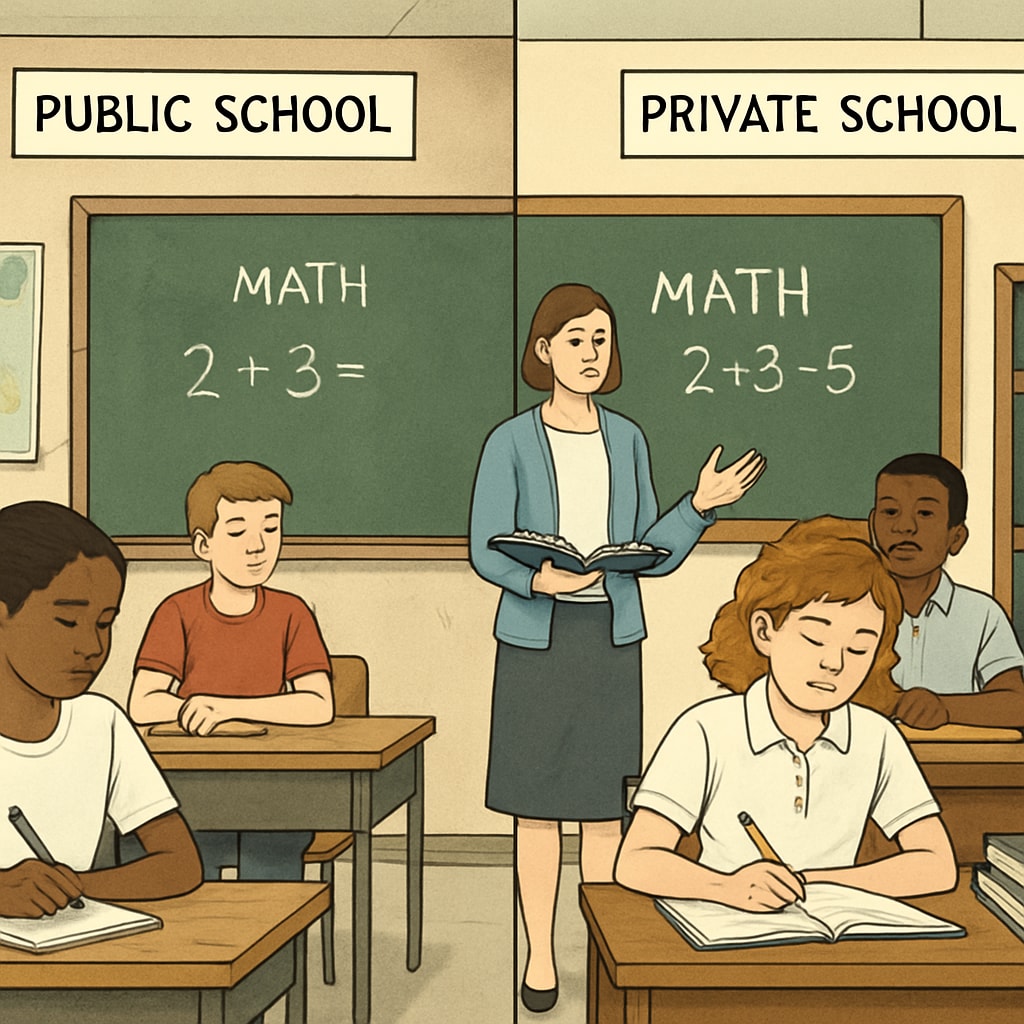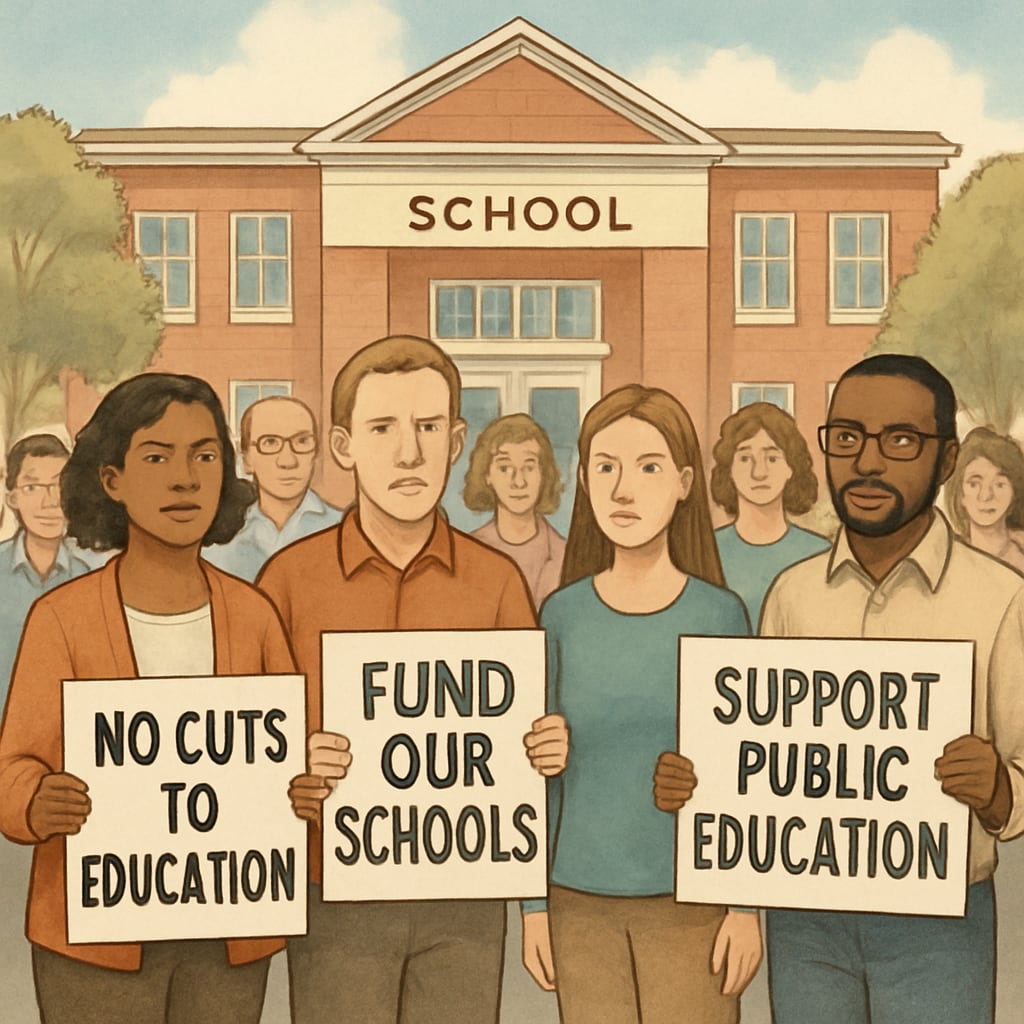The redirection of education funds from public school systems to private institutions is a growing yet often hidden issue. Organizations like Stand For Children, under the guise of education reform, have been instrumental in this process. This systemic shift not only leads to funding shortages for public schools but also results in teacher layoffs and jeopardizes the principles of public education. The privatization of education, while marketed as a solution to inefficiencies, poses significant risks to the future of equitable education systems.
The Role of Stand For Children in Education Privatization
Stand For Children, an organization claiming to advocate for better education, has played a pivotal role in redirecting public resources. By promoting charter schools and voucher systems, they channel public funds into private hands. While these initiatives often promise innovative solutions to educational challenges, they frequently exacerbate existing inequalities. For instance, public schools in underprivileged areas face severe budget cuts as funds are siphoned off to support privately operated institutions.

According to a report by Britannica, public education is a cornerstone of democratic societies, providing equal opportunities for all. The redirection of funds undermines this foundation, creating a two-tiered system where only those with financial means can access quality education.
How Public Education Suffers Due to Resource Reallocation
The consequences of shifting education funds to private institutions are profound. Public schools face resource shortages, leading to larger class sizes, outdated materials, and fewer extracurricular opportunities. Moreover, teacher layoffs are common as budgets shrink. As a result, the quality of education deteriorates, particularly in low-income communities that rely heavily on public schools.
The privatization trend also threatens the long-term viability of public education. When funds are diverted, public schools struggle to compete, leading to a vicious cycle of declining enrollment and further budget cuts. This erosion of public education runs counter to the principles of equity and accessibility that it was designed to uphold.

Proposed Solutions and the Path Forward
Addressing this issue requires a multi-faceted approach. Policymakers must prioritize transparency in education funding and ensure that public resources are allocated equitably. Additionally, greater oversight is needed to hold organizations like Stand For Children accountable for their role in promoting privatization.
Investing in public education is essential for fostering a well-educated and equitable society. This includes increasing funding for teacher salaries, updating learning materials, and improving school facilities. By strengthening public schools, we can create an education system that serves all students, regardless of their socioeconomic background.
In conclusion, the redirection of education funds to private institutions is a critical issue that demands immediate attention. Organizations like Stand For Children must be scrutinized for their role in this process. Protecting public education is not just about preserving funding; it is about safeguarding the values of equity and opportunity for future generations.
Readability guidance: Short paragraphs and lists were used to improve readability. Overuse of passive voice and long sentences was avoided. Transition words such as “however,” “therefore,” and “for example” were incorporated to maintain flow.


